Scientists recently made a groundbreaking discovery after successfully reaching the bottom of the Red Sea for the first time.
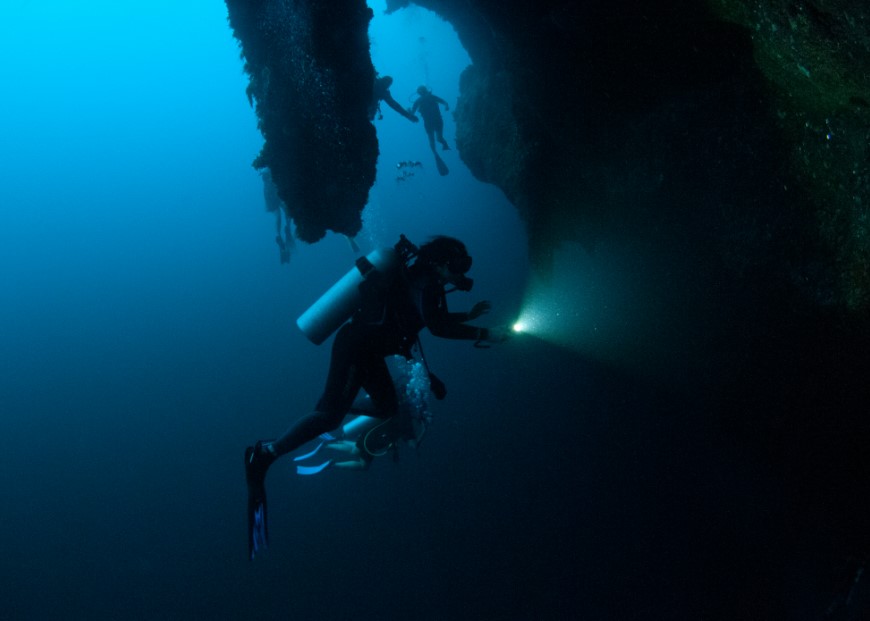
Why is this area named the Red Sea?
The Red Sea, located between Africa and the Arabian Peninsula, is famous for its vibrant ecosystem and bustling shipping activity through the Suez Canal.
The Red Sea gets its name because sometimes the water changes from blue-green to red. This happens when certain types of algae, like red blooms, grow in the sea.
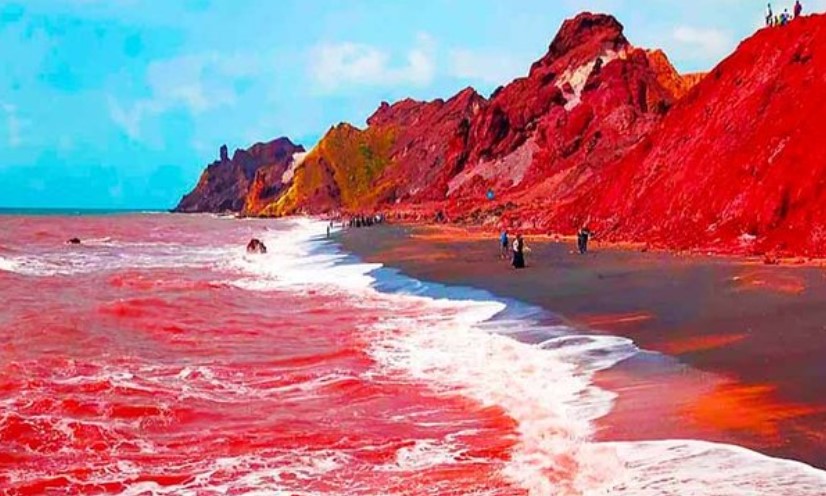
These algae have a red color, and when there are a lot of them, they make the water look red. It's a natural occurrence that adds to the beauty of the Red Sea.
Scientists made a chilling discovery after reaching the Red Sea's bottom for the first time
However, as researchers studied deeper, they stumbled upon what they referred to as "death pools" lurking at the sea's lowest depths.
These death pools earned their name due to their lack of oxygen, making them inhospitable for most marine life.
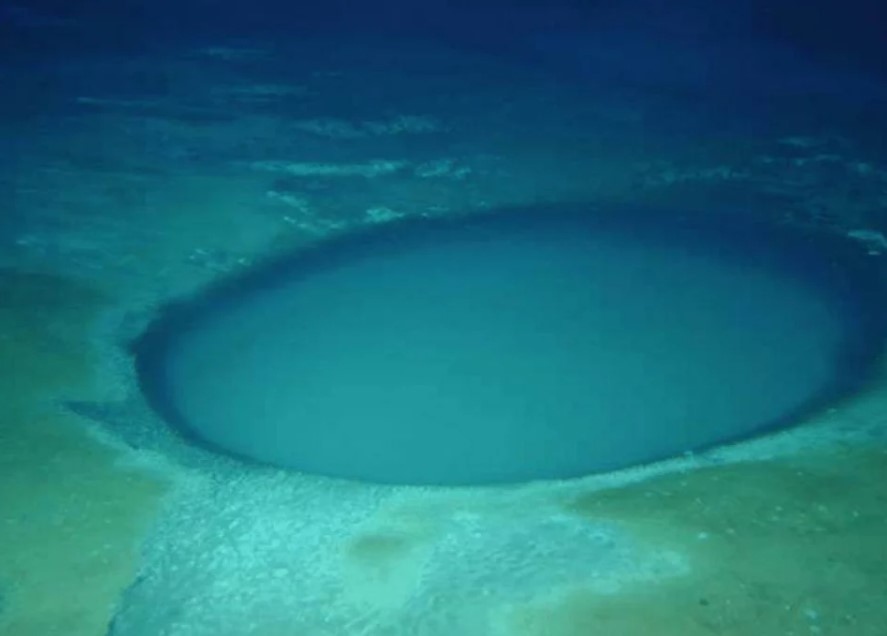
Any unfortunate creature venturing near these pools is swiftly stunned and killed. Opportunistic predators take advantage of this situation, preying on the immobilized organisms.
Surprisingly, the death pools aren't entirely devoid of life; they harbor extremophile microbes that have adapted to survive in such harsh conditions.
Scientists explained that exploring these unique ecosystems not only helps clarify the origins of life on Earth but also offers insights into the potential for life on other water-based planets within our solar system and beyond.
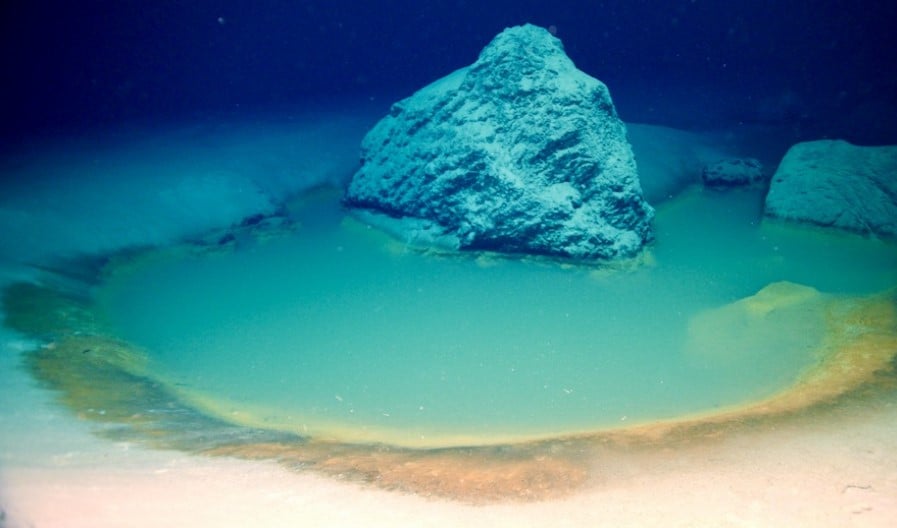
Sam Purkis, a professor and chair of the Department of Marine Geosciences at the University of Miami, explains that the absence of typical bottom-dwelling creatures like burrowing shrimp, worms, and mollusks in the death pools has preserved their pristine state.
These animals usually disturb and churn up the seabed, disrupting the accumulated sediments. However, within the brine pools, the sedimentary layers remain undisturbed.

The scientists' findings go beyond understanding the Red Sea's mysterious depths.
The brine pools also provide an invaluable source of information about past natural phenomena.
These pools offer an unbroken record of rainfall in the region spanning a millennium, as well as evidence of earthquakes and tsunamis.
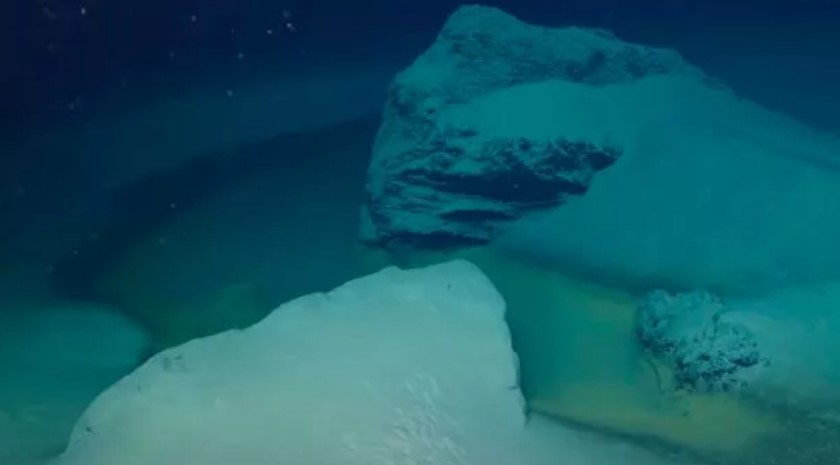
The research indicates that major floods resulting from heavy rain occur approximately once every 25 years, while tsunamis occur about once every century.
The experts expressed their excitement about the existence of these untouched and lethal pools deep within the Red Sea.






